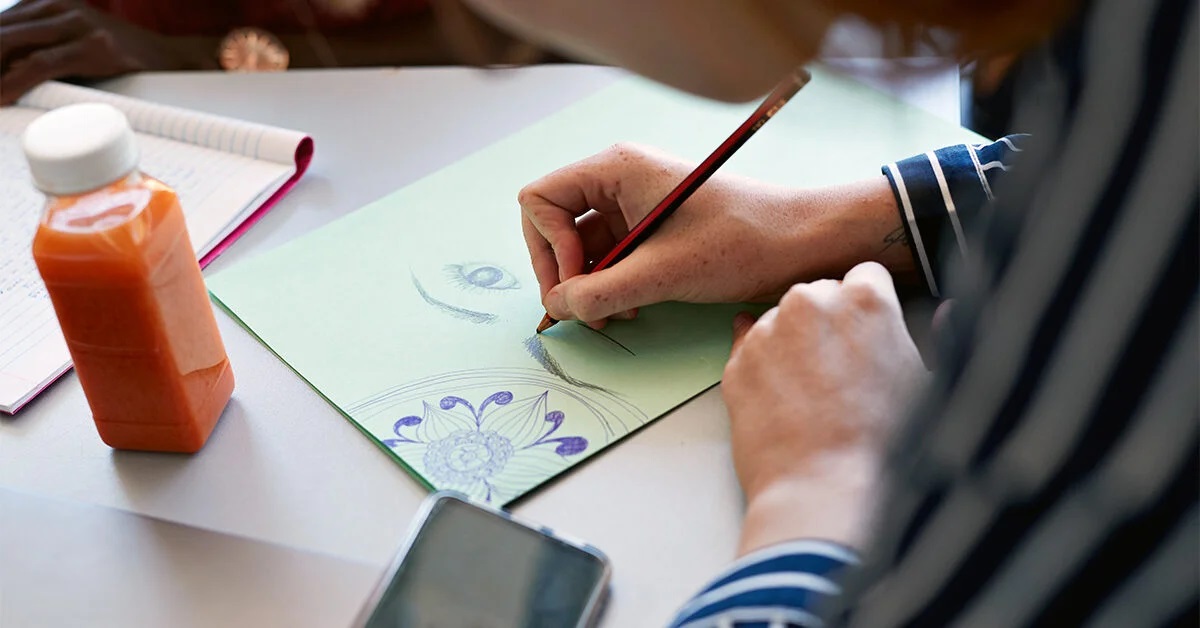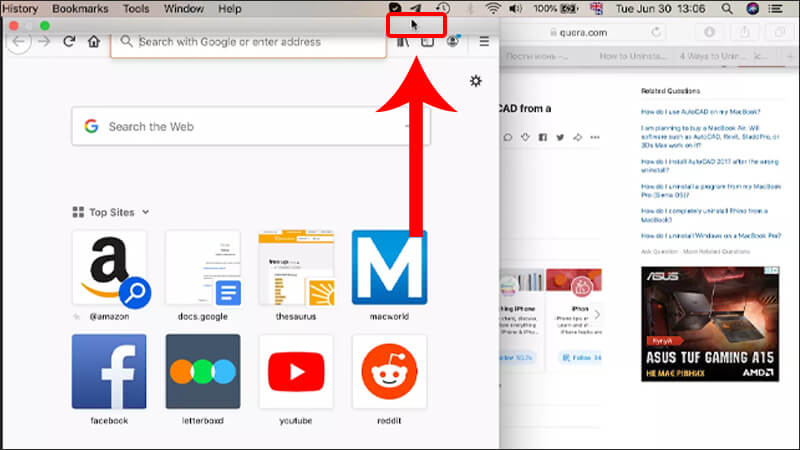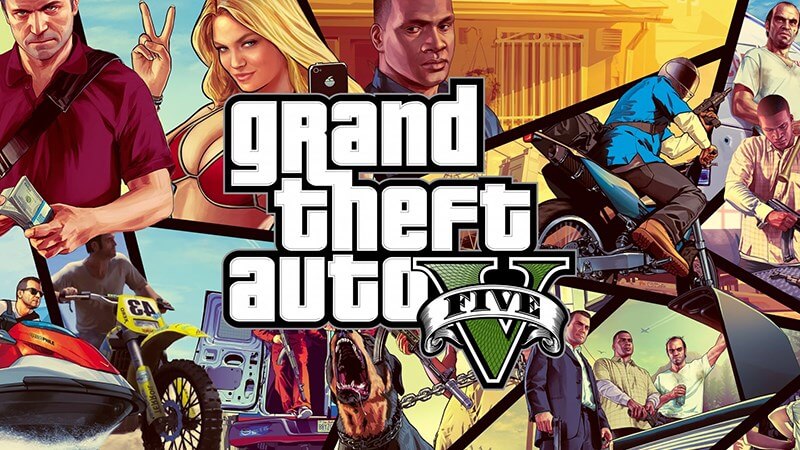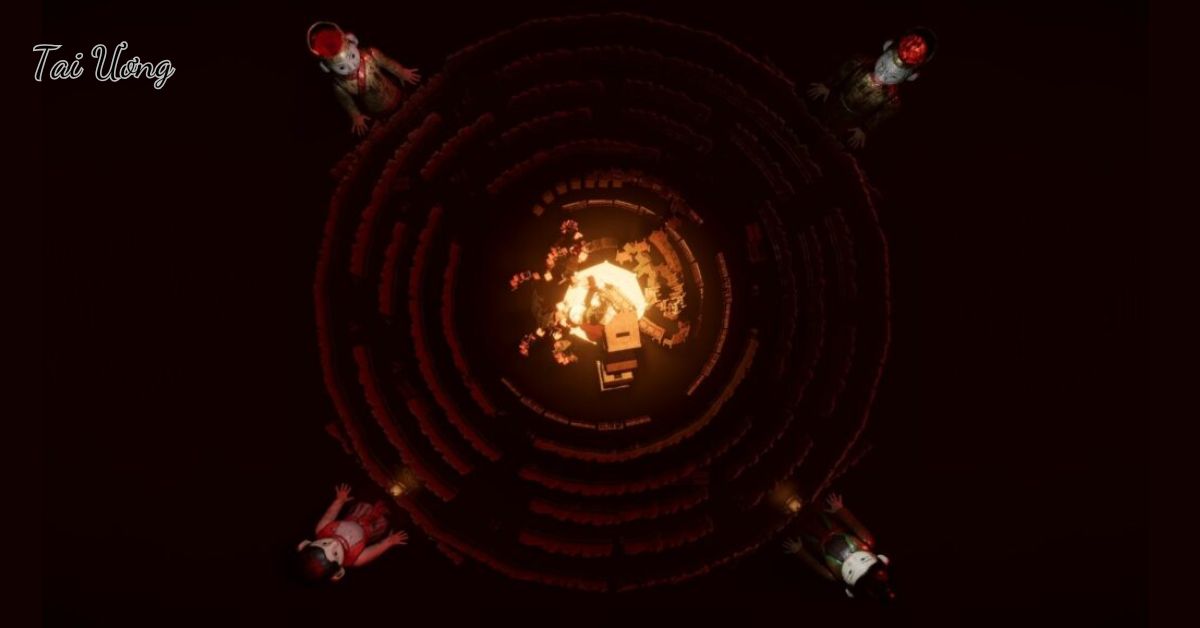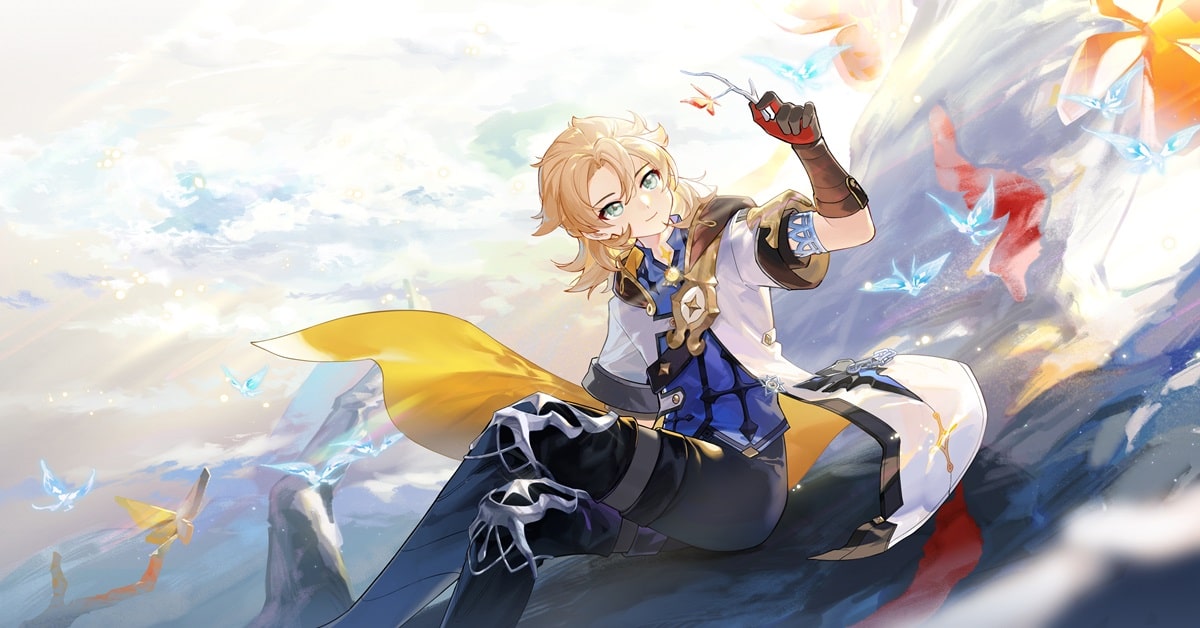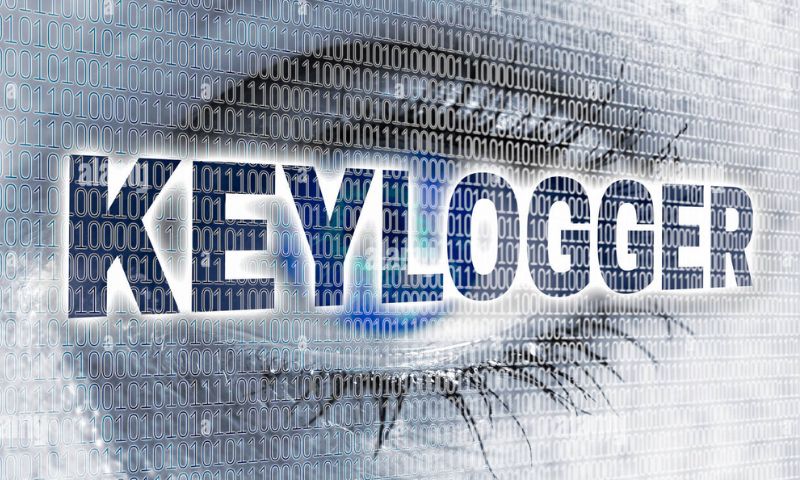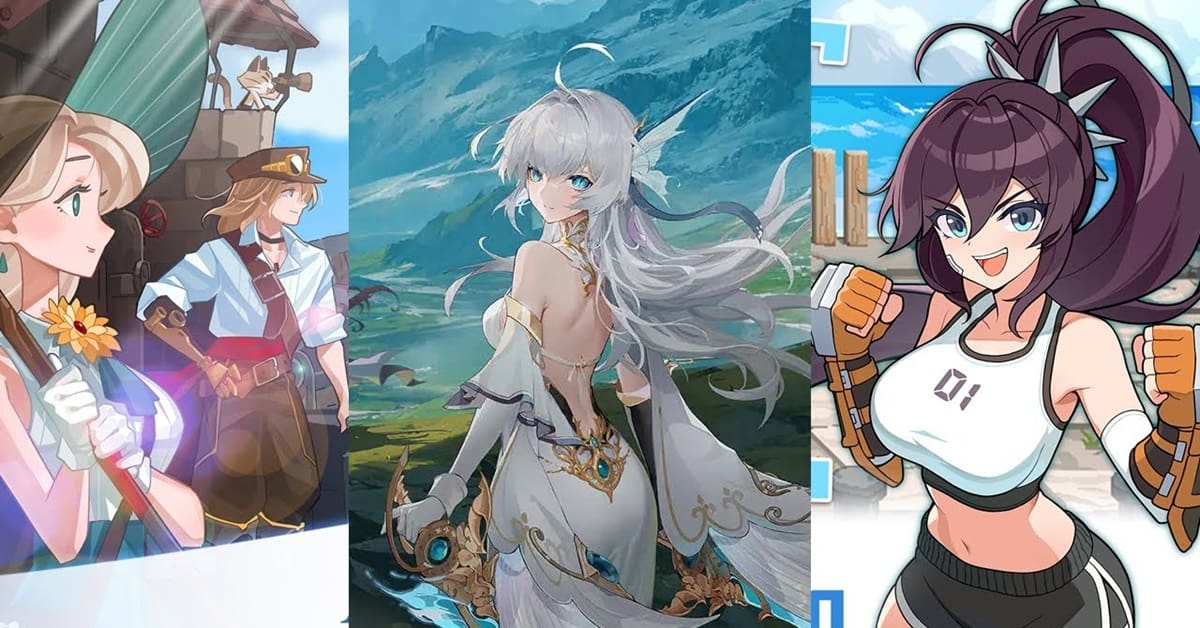Drawing people may seem difficult and involve many steps. However, everything will be simplified if you approach drawing people systematically. From human proportions, gestures, perfecting small details, everything has a sequence. This article will share with you ways to draw people that you can easily apply.
- Những tiện ích đặc biệt Sacombank xây dựng Internet Banking
- Bính Tuất 2006 hợp xe màu gì? Màu xe phong thủy hợp với người tuổi Bính Tuất
- Galaxy S25 Ultra sẽ đắt hơn S24 Ultra và đây là lý do
- 0948 là mạng gì? Khám phá ý nghĩa đặc biệt của số 0948 chi tiết nhất
- Cách xây dựng chi tiết nhân vật Asta Honkai Star Rail
How to draw beautiful people: Cannot ignore the following factors
To draw people in the simplest and most effective way, you must understand proportions, gestures, and human anatomy. We will learn about these three elements.
Bạn đang xem: Cách vẽ người đơn giản: Hãy ghi nhớ các bước sau đây
Human body proportions in drawing people
One of the biggest tips for drawing well is understanding the proportions of the human body. Artist Jonathan Dockery once shared that we must start with proportion when drawing people. The proportions of the human body vary greatly, but the method of sketching is the same. Dockery said: “Take the head as a unit. The average height of the adult body is divided into eight equal parts. The underside of the pectoralis major, or pectoral muscle, is about two heads long. The third head is in line with the navel and the fourth head is in line with the bottom of the pelvis.”
 Human body proportions
Human body proportions
Back at the head, you can sketch out more facial features. The eyes tend to be slightly above the midpoint. The tip of the nose ends halfway between the eyes and the chin. The distance from the nose to the top of the head is the same as the distance from the nose to the top of the rib cage. From the top of the head to the knee, you can measure 5 heads. The calves or mid-shin should be 1 head. Finally, the feet should end at the end of the seventh head.
How to draw people with realistic gestures
“Gesture is the rhythm of the body,” Dockery says. “The angle of the hips, the curve of the back, and the position of the limbs breathe life into a drawing of a person. You have the basic structure of the upper body, which is the head, rib cage, and pelvis. But we need to start by finding the rhythmic relationship between the first two blocks: the head and the rib cage.”
 Human Gestures
Human Gestures
Find the top of the rib cage at the hollow of the collarbone. Then draw a vertical line down the sternum, through the middle of the stomach, and to the right of the upper leg. You can use the collarbone to determine the angle of the upper body and guide the overall shape of the rib cage. From there, you can find the angle of the last block, the pelvis. Once you have sketched the first two sections, you can start sketching the two limbs.
Applying Anatomical Knowledge to Drawing People
Knowledge of human anatomy can be applied to drawing people. In the early 1500s, Leonardo da Vinci created over 240 detailed drawings of the human body based on dissections of cadavers in Italian hospitals. The drawings included detailed descriptions of the human skeleton, muscles, and tendons. Eventually, da Vinci developed theories about the human body and how it moves. This became a major contribution to both art and science.
 Anatomy can be applied in drawing people.
Anatomy can be applied in drawing people.
Anatomical knowledge helps build realistic muscles on a skeleton in a drawing. It can be as simple as understanding proportions and movements in real life. Or more complex, it requires a solid knowledge of the structure of bones, muscles, and surfaces of the human body. “In general, the shoulders of larger, more muscular people will be about the width of a head,” Dockery shares. Narrower shoulders can be about half a head long. However, it is important to observe and trust your eyes.
How to draw people using graphics software
You can apply the above knowledge to apply in graphics software. Below are ways to draw people in order shared by artist Eli Johnson.
Step 1: On the canvas size you choose, you create a new layer. Then, you start sketching simply using basic brushes. Note: name the layers, otherwise things will get very confusing.
Step 2: Reduce the opacity of the first layer, create another layer for the secondary sketch. Johnson shared that he gave his model an Afro, with hair that was puffy and could blow in the wind. He also adjusted the position of the arms to give the drawing more space.
 Create another layer for the secondary sketch
Create another layer for the secondary sketch
Step 3: Work on the most important element: the face. Start adding details to each part, line, and expression on the character’s face.
Xem thêm : Scammer là gì? Cách nhận biết & phòng tránh các loại hình lừa đảo
Step 4: Once you are happy with the face, create a new layer on top. Rename it, add clothes and other details.
Step 5: For complex elements like shoelaces, you should add a new layer. Reduce the opacity and always leave the sketch on the main layer to add decorative details that fit the character. With separate layers, you can change the details without affecting other parts of the drawing.
Step 6: Next, you can add color. Start with the base color and gradually move to the highlight color.
Step 7: Finish the background. One of the advantages of digital drawing is that you can customize the background without affecting the main subject.
 Complete background
Complete background
How to draw people on real drawings
When working on a real drawing, it is important to ensure that the body proportions are correct until the final strokes are perfected. The easiest way to draw a person is to use the ‘Ball-and-Socket’ technique. This is a method where the artist sketches a series of conjoined ovals. The aim is to use them to form the body parts and outline the pose of the model. It is basic, but many professional illustrators use it to create their artwork. This technique is both versatile and easy to apply. Here are nine steps on how to draw a person on a real drawing.
Measure height
To determine the height and size of your model, draw a vertical line with a ruler. Then divide it into eight equal parts as we introduced body proportions at the beginning. For example, let’s say the figure you want to draw is 16cm tall. To find the midpoint of the figure, use a ruler to mark 8cm. From there, you can start dividing the line into eight 2cm sections. Once you have eight equal sections, you can start allocating the body to each section. Dividing in this way helps ensure that your body proportions look realistic.
 Divide the human body into eight equal parts
Divide the human body into eight equal parts
- Part 1: Head
- Part 2: Arms, torso, shoulders and chest
- Part 3: Arms
- Part 4: Arms and Pelvis
- Part 5: Thighs
- Part 6: Knees
- Part 7: Calf
- Part 8: Feet
Sketch the head and facial features
Once you have divided it into sections, you can start drawing the person. Start with the head. Draw an upside down egg shape on your paper. Divide it into quarters by drawing a vertical line down the middle of the head, dividing the face into two halves. Next, draw a horizontal line down the middle of the top of the head and the chin. You can start drawing the eyes at this point. To mark the eyebrows, add a line in the middle above the eyes. To mark the nose and ears, add another horizontal line. This line separates the face into the top and bottom of the chin.
 Face Sketch in Drawing People
Face Sketch in Drawing People
For the mouth, add a horizontal line between the nose and chin. Divide the bottom of the oval in half again. Place the bottom of the lips on the dividing line you just drew. Draw a line that intersects the lips, then draw the upper and lower lips.
Thoracic and pelvis
It’s time to draw the ribcage and pelvis. First, draw the ribcage by drawing an egg-like shape extending from the shoulders to the navel. At the top of the ribcage, leave a small opening for the neck by drawing a small ellipse or flattened oval. At the bottom, form the arch of the ribcage by drawing an upside-down “V.”
 Draw the chest
Draw the chest Drawing the pelvis
Drawing the pelvis
One-third of the way down your rib cage, draw your pelvis. It is shaped like a bucket, about the same length as your rib cage. Sketch a “U” shape in front of your pelvis to mark the abdominal area you will add in the next step.
Drawing arms
After drawing the legs, you will finish the arms in the human drawing. Start by drawing the shoulders with inverted right triangles connecting to the ribcage. You can define the shoulders and make them look more realistic by darkening the edges of the lines.
 Drawing arms
Drawing arms
Next is the arm. Draw a line from the shoulder connecting and extending down to the elbow, which will be at the bottom of the third section. For the forearm, continue drawing a line from the elbow all the way down to the wrist. This line will be at the bottom of the fourth section. Connect the hand to the forearm using oblong shapes that will form the fingers and palm.
Drawing feet
Xem thêm : Cyberpunk là gì? Lý do thu hút cộng đồng game thủ và không gian mạng?
The next step in drawing a person is to draw the legs. Draw a short diagonal line down each side of the pelvis to form the hip joints. For the thighs, continue the diagonal line down each side, slanting slightly inward to meet. The bottom of the knee ends just above the seventh section. The seventh section should include the lower leg, including the calf.
For the foot, draw an isosceles triangle as the base. When drawing the toes, draw a sideways “U” to represent each toe. Just remember that the big toe should be larger than the other toes.
 Drawing feet
Drawing feet
Add more details
Start drawing the leg from the thigh area. To draw the thigh, draw a curved line downward. This curve forms a tube that goes halfway between the fifth and sixth points, just above the kneecap. Make sure that the thigh is thicker than the lower leg or calf.
Next is the kneecap which will act as the boundary between the thigh and the calf. Finish the kneecap using long oblong shapes. As you move down the calf, make sure the tubes get narrower until they reach the ankle. For the arms, draw them tapered from the shoulder to the wrist.
 Complete the details
Complete the details
Perfecting facial details
In the second way of drawing a person, you have sketched out the general outline of each facial feature. Now it is time to draw them in detail. Start with the eyes, then the nose, eyebrows, mouth, ears and hair. You still use the ‘Ball-and-Socket’ method from sketching to drawing the features. For example, you add two eyes symmetrically along the top line. The eyes will also be shaped like eggs placed horizontally. Draw two ovals for the eyes on the horizontal line in the middle. These are the eye sockets. Finish the eyes by adding pupils and eyelids. The distance between the two eyes is the same as the width of the third eye.
The top of this circle is where your eyebrows will grow and the bottom is where your cheekbones will grow. Draw your eyebrows along the top of each eye socket. Evenly line the eyebrows along the top line of each oval for a more neutral expression. Angle your eyebrows inward for a more intense look. You can raise your eyebrows slightly to show surprise.
 Finalize the face from the first sketch
Finalize the face from the first sketch
Add an ear on each side of the head. The base of each ear should line up with the bottom of the nose. The top of the ear should line up with the eyebrows. Use a series of short, thin strokes to add individual hairs if you want a more realistic look.
Add details on the human body
Use thin lines to highlight bony landmarks like the kneecap and collarbone, and use curved lines to emphasize muscle or fat. Then draw the muscles in the inner thigh. Add curved lines on the inside of the calf. Add curved lines on the outside of the ankle to emphasize bone structure.
 Perfecting the details on the human body
Perfecting the details on the human body
Remove outlines and shading
Use an eraser to erase any sketches or body proportions. When you’re done, fill in the skin (such as the calves and inner arms) and hair with a 4B pencil to make the person look more realistic. Your drawing is now complete.
 Shading
Shading
Learning how to draw people is actually quite easy once you get the basic steps down. Once you have a basic understanding of how to draw people, you will find that applying it to creating different poses, movements, and positions becomes much easier and more fun.
Hope you will get useful tips from the sharing of Hoang Ha Mobile. Don’t forget to follow Fanpage Hoang Ha Mobile to update hot news as well as information about new products.
See more: Instructions on how to draw roses simply and easily
Nguồn: https://tuyengiaothudo.vn
Danh mục: Khám phá
